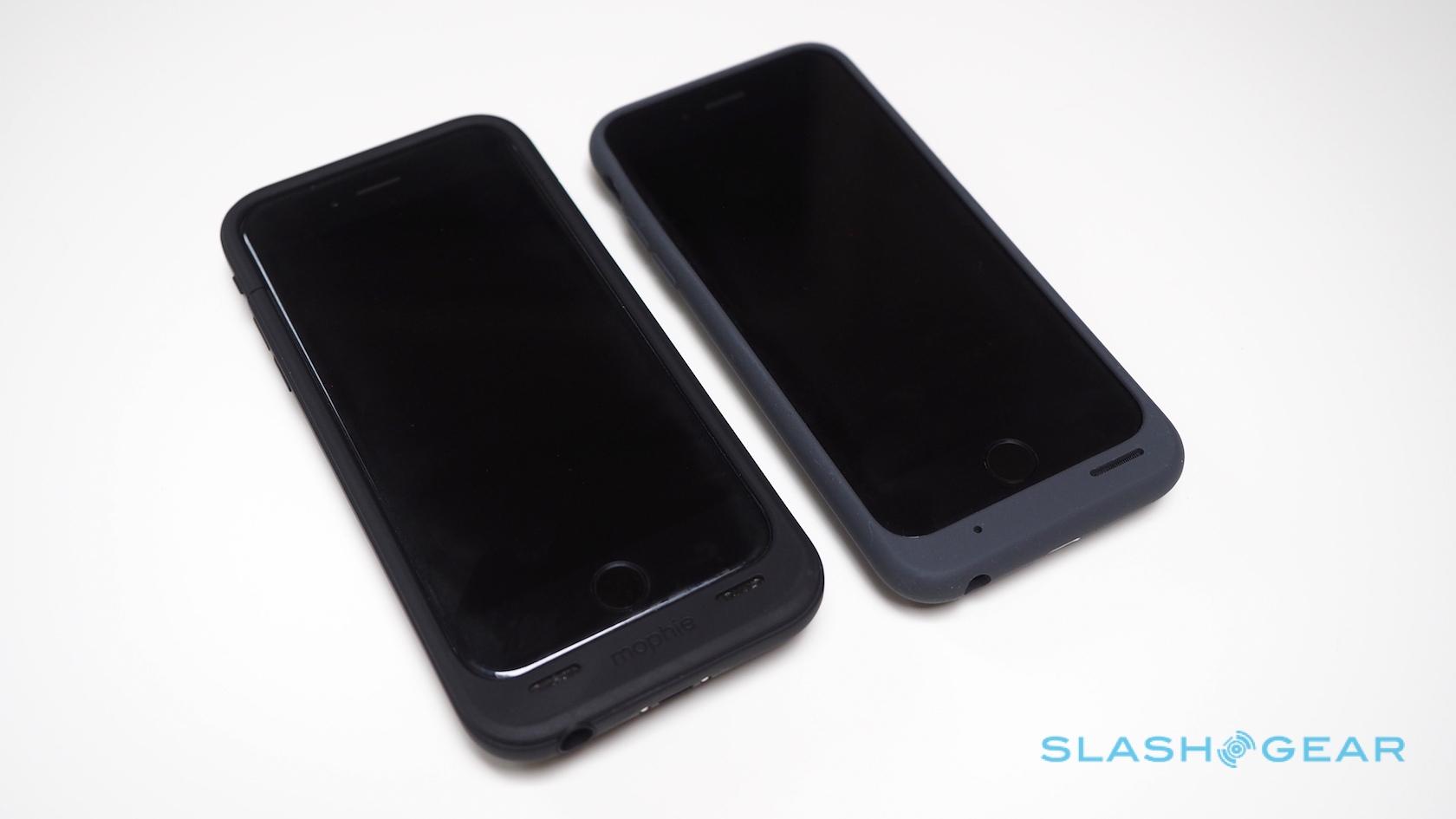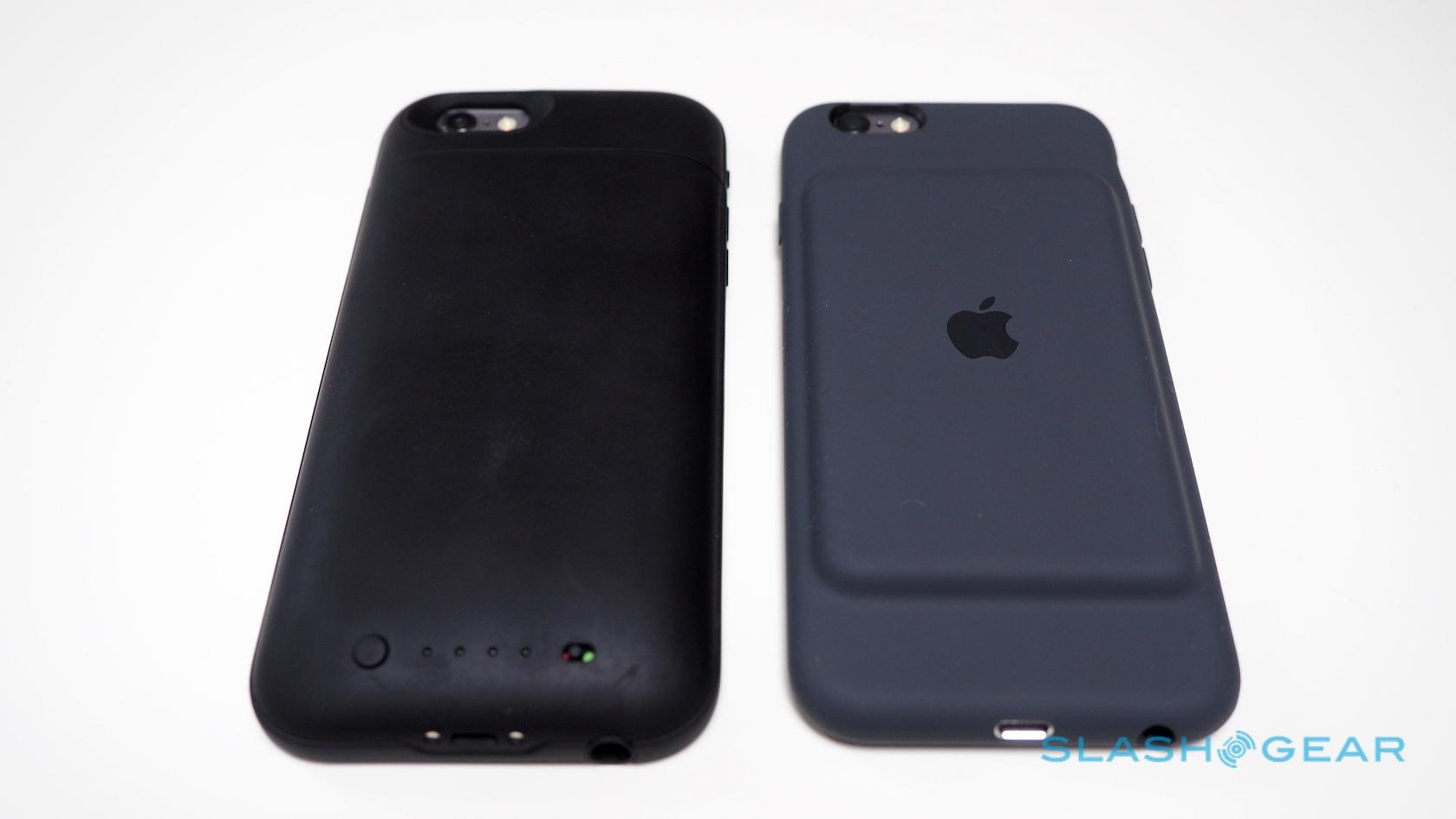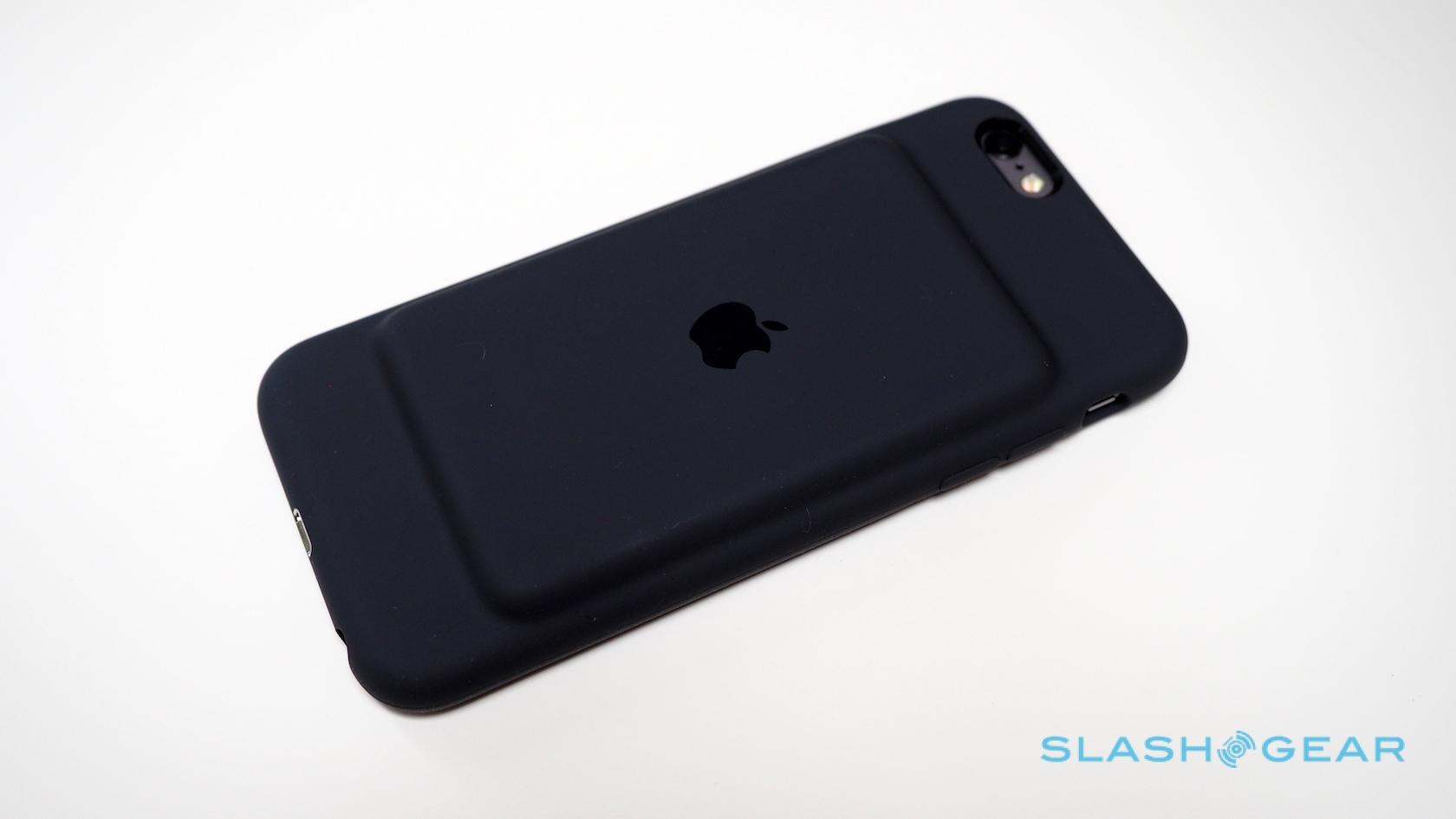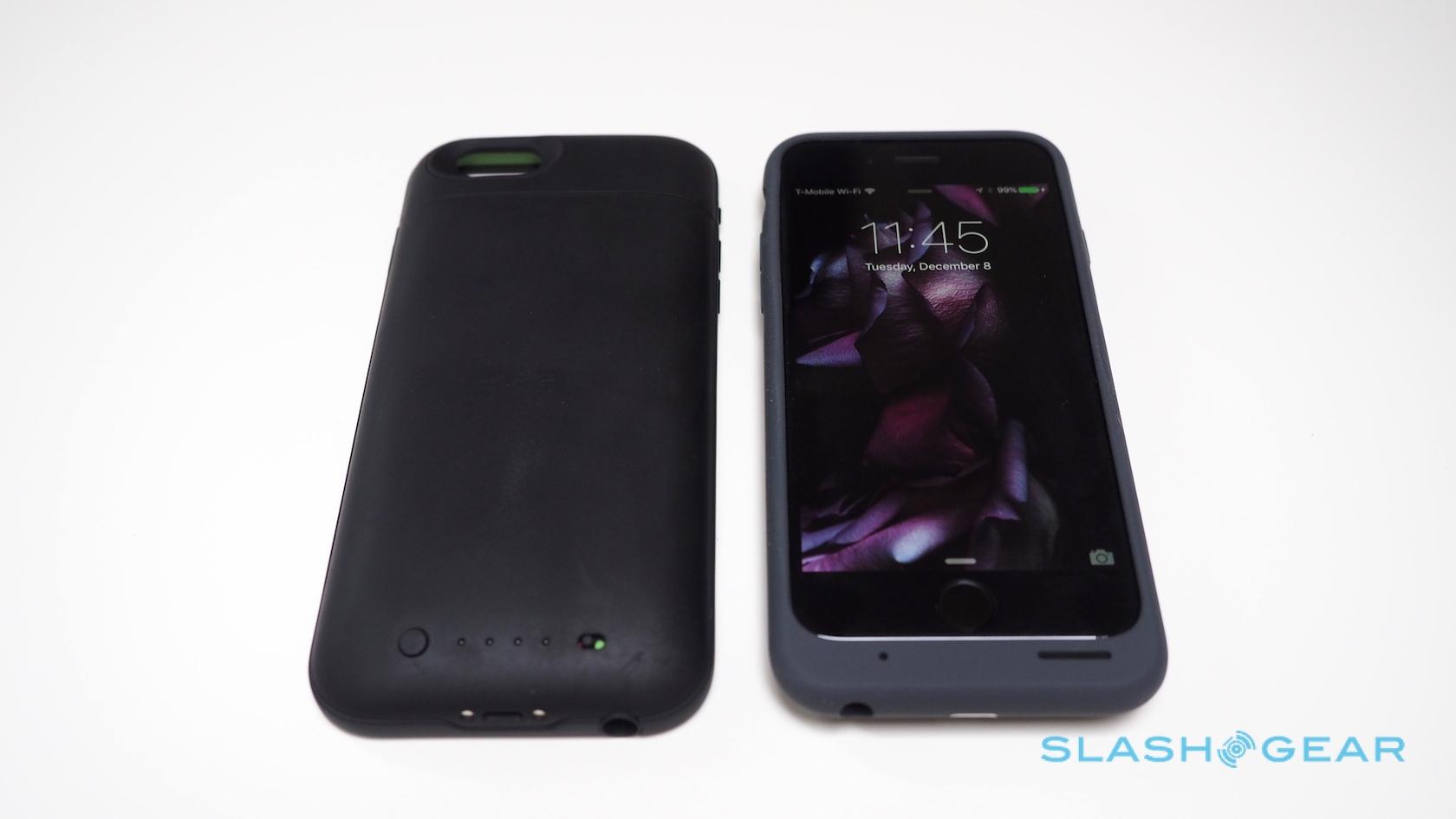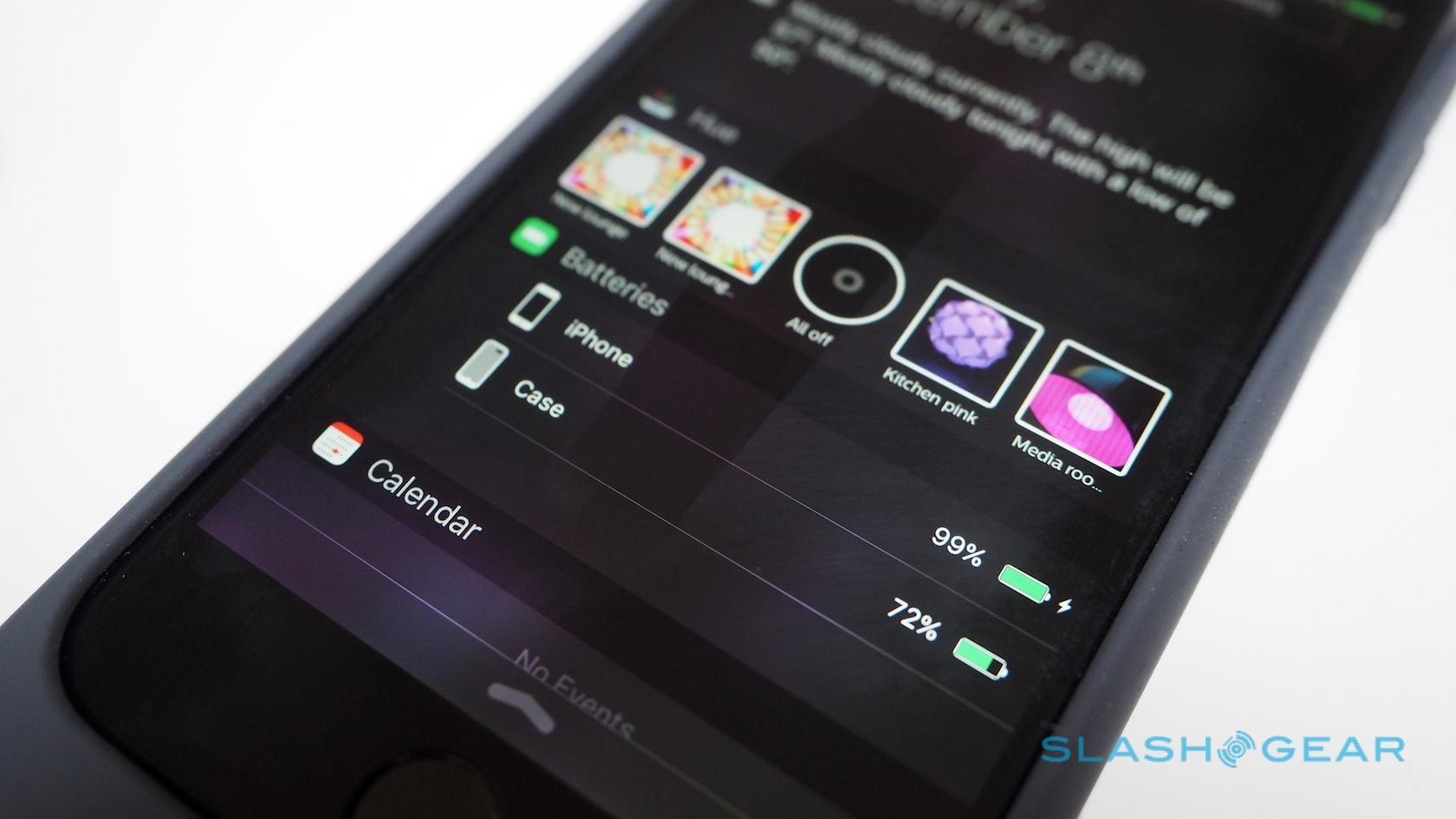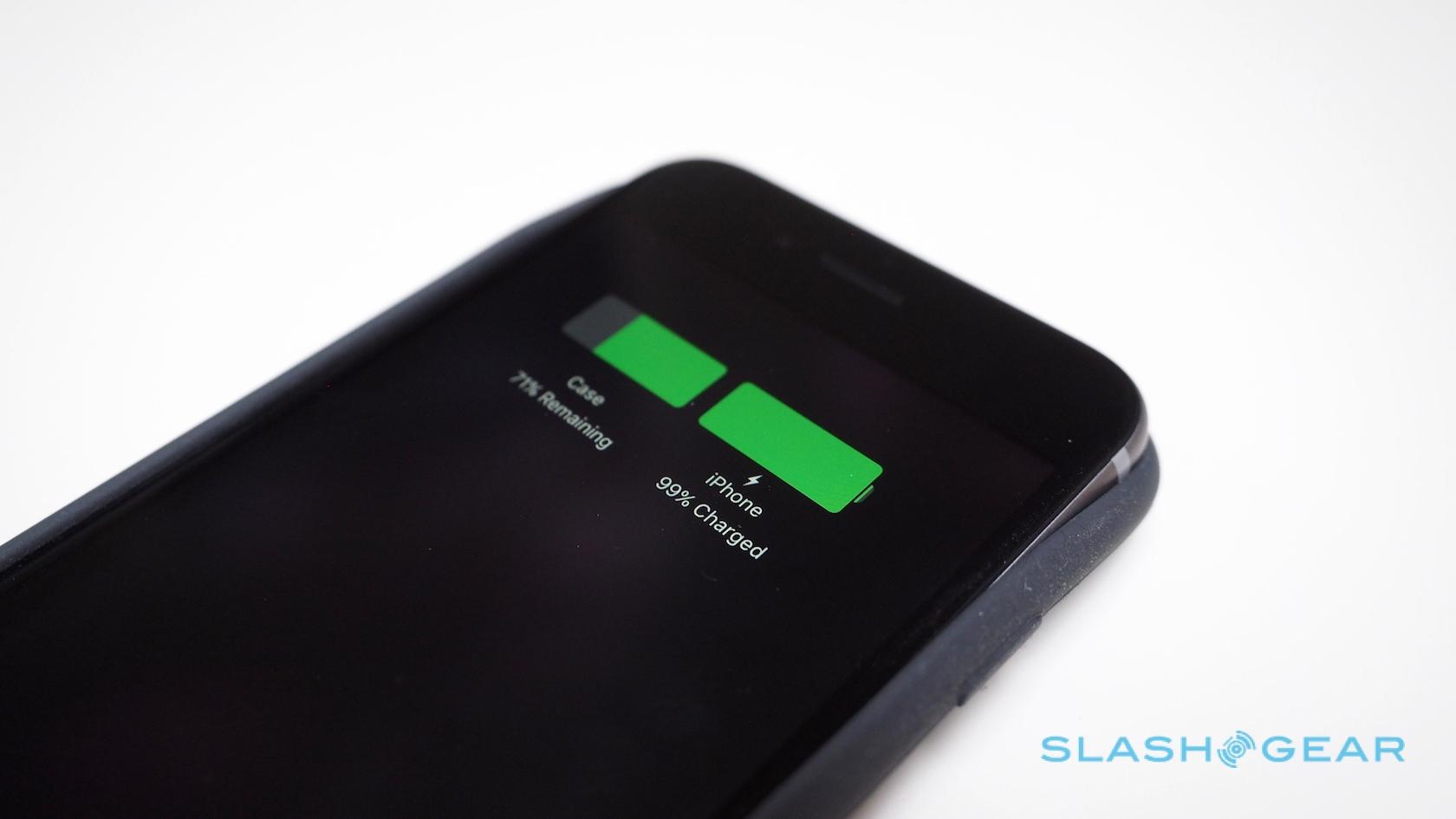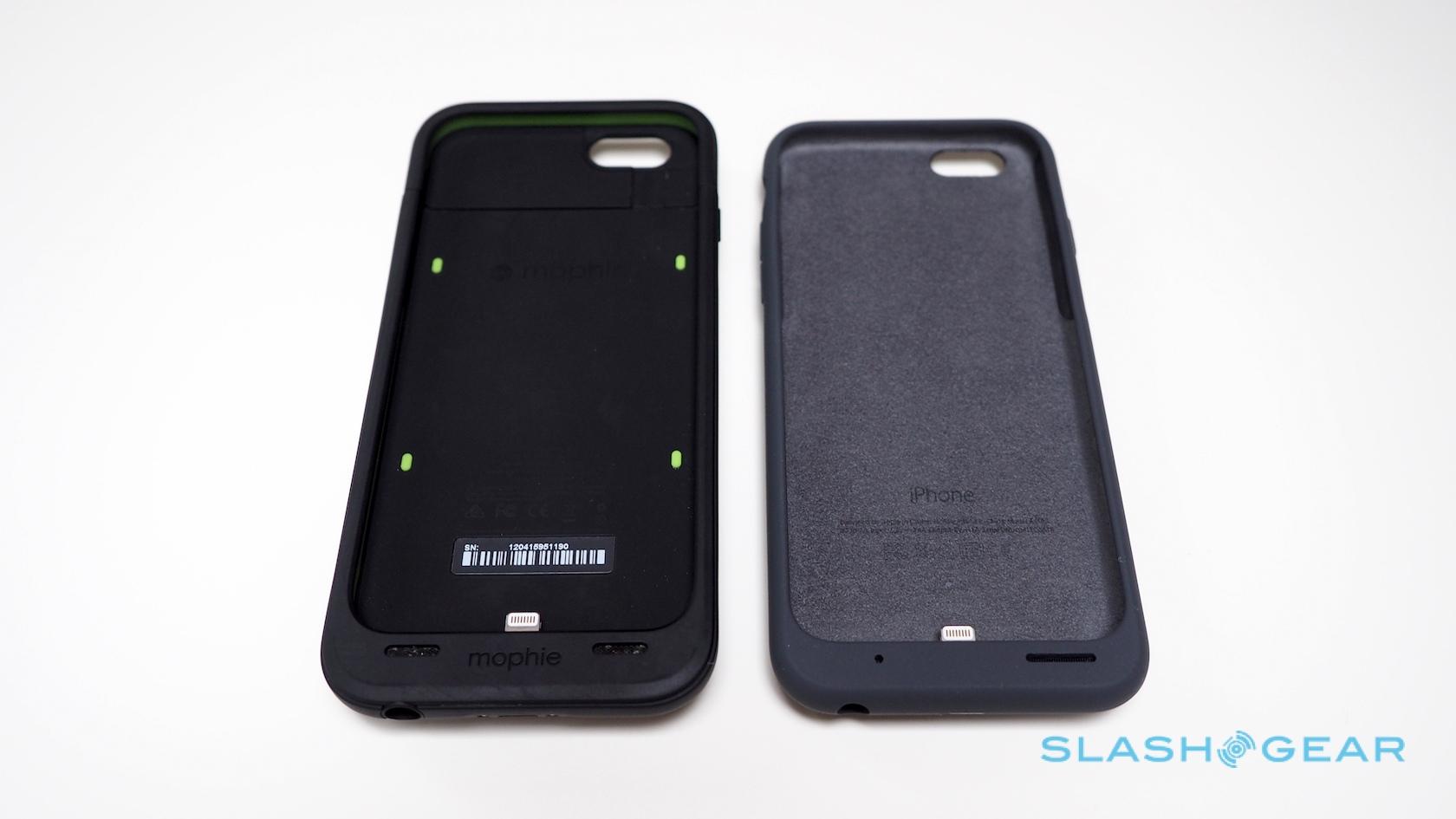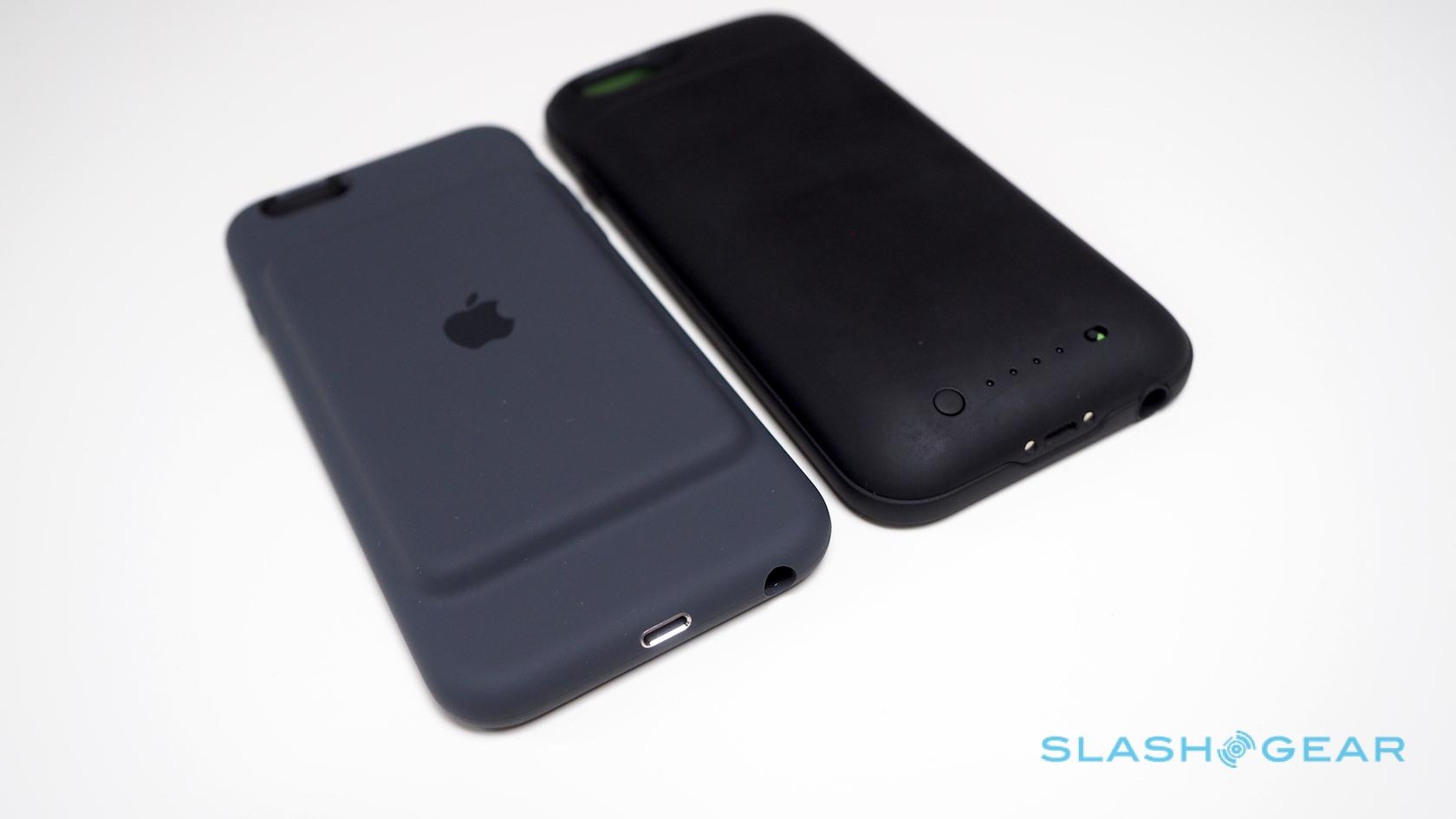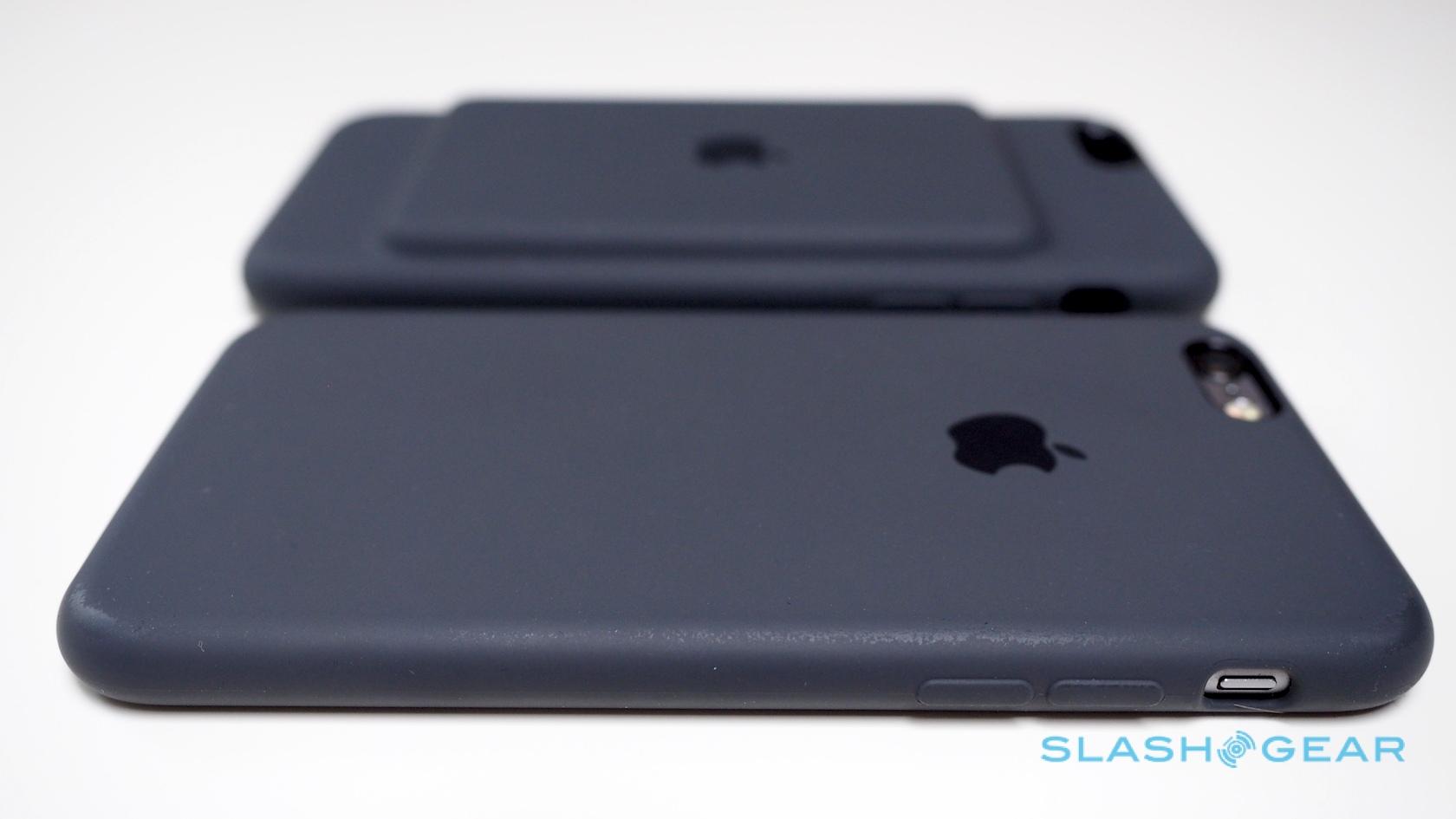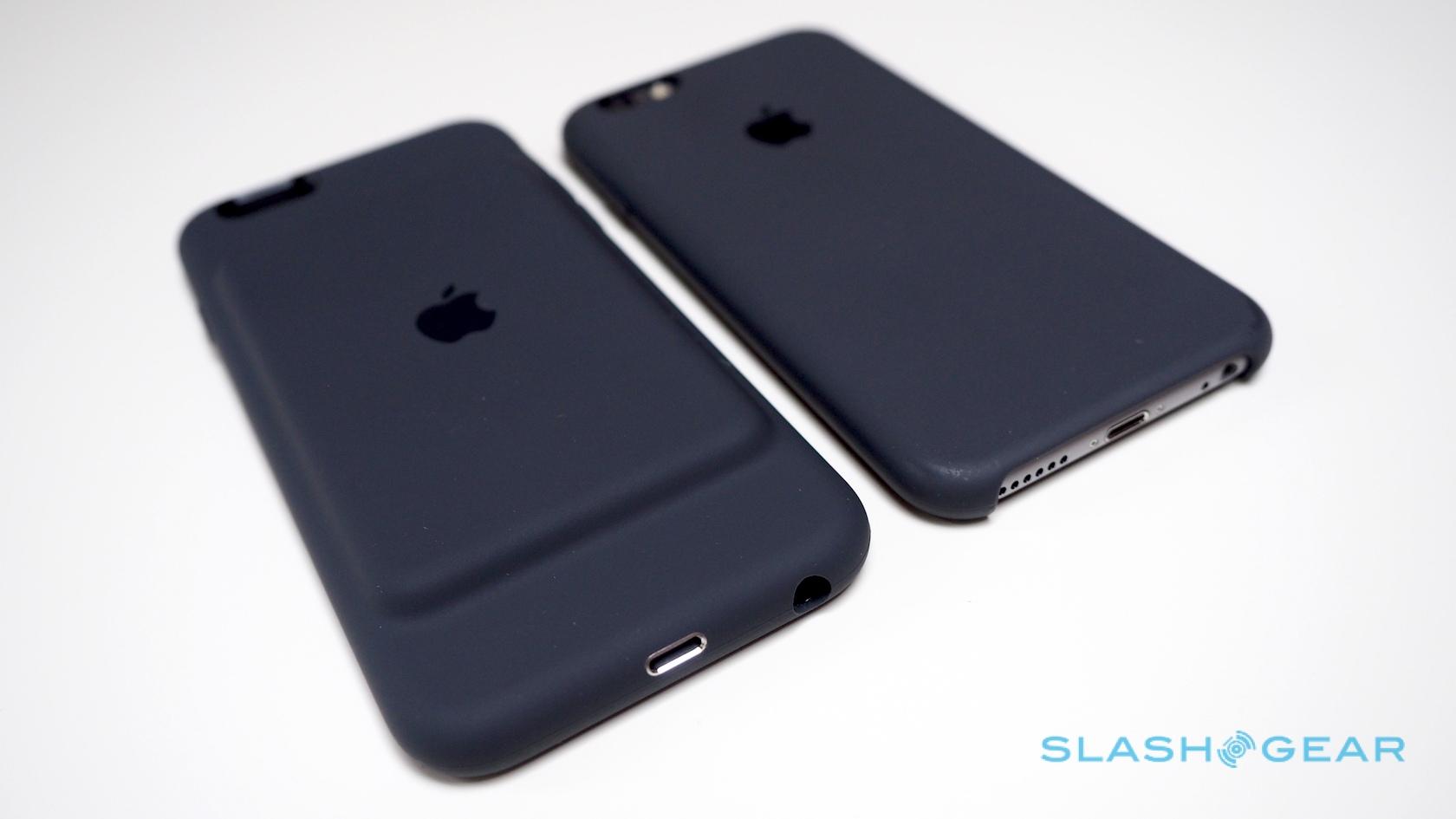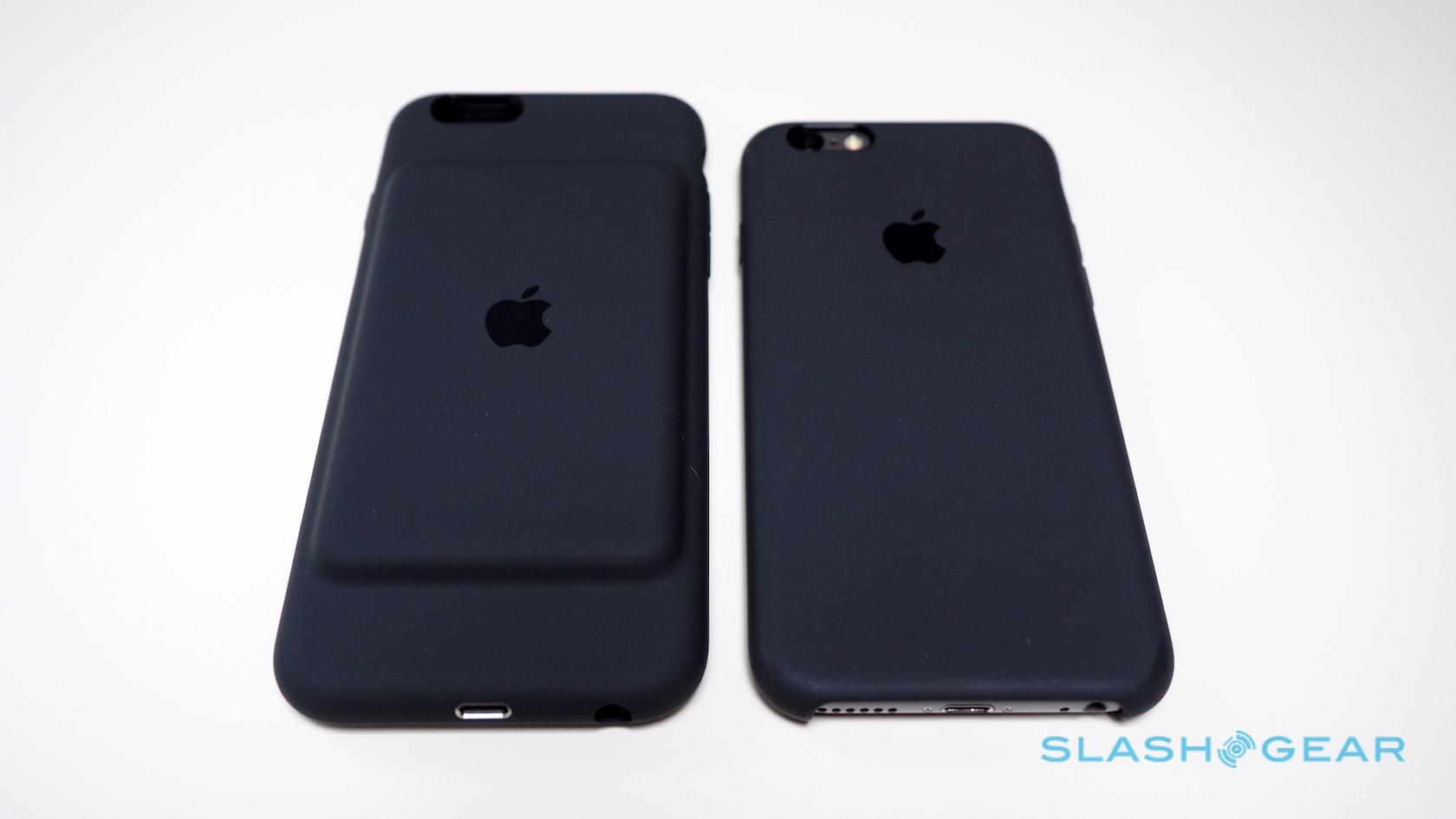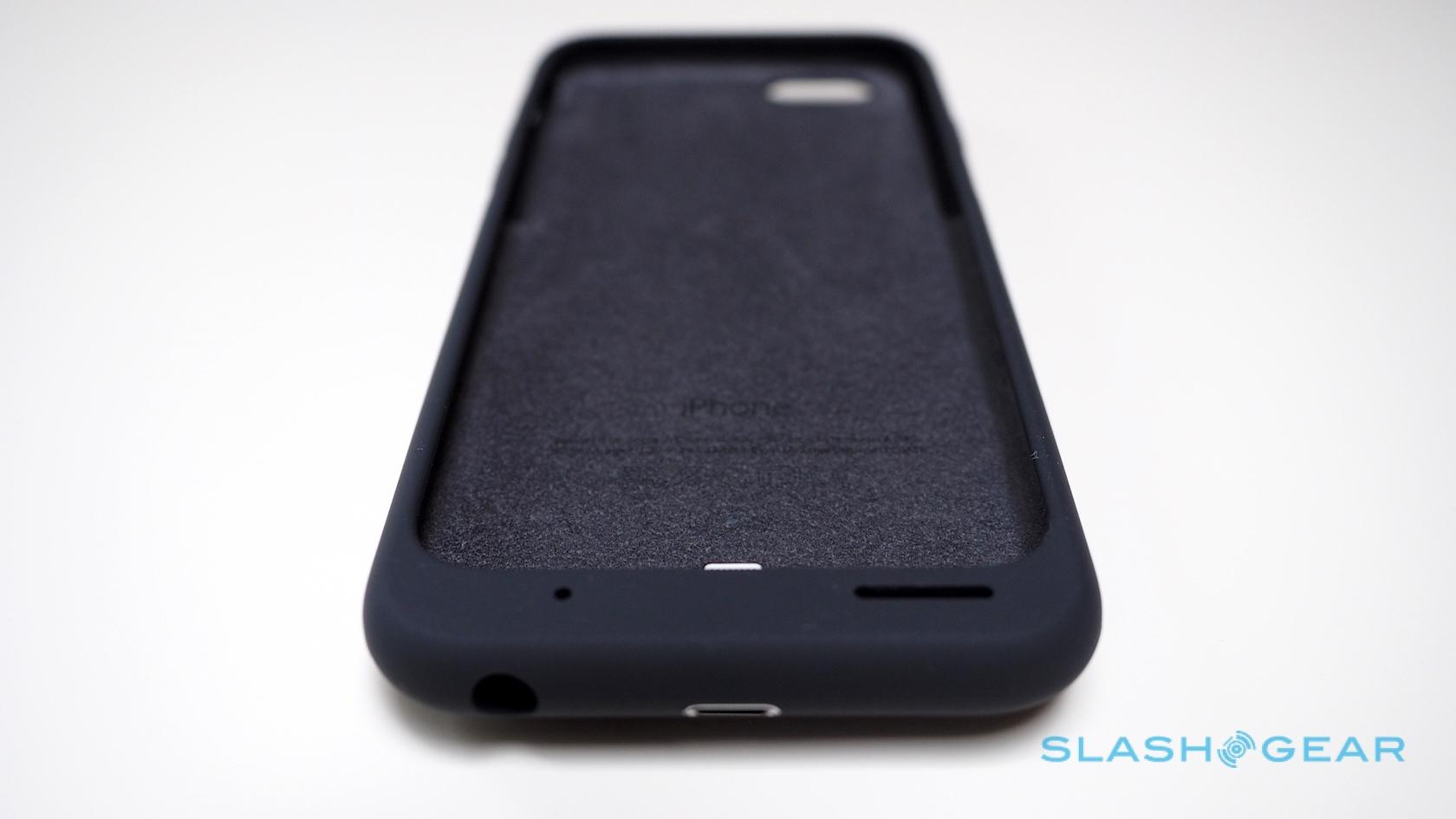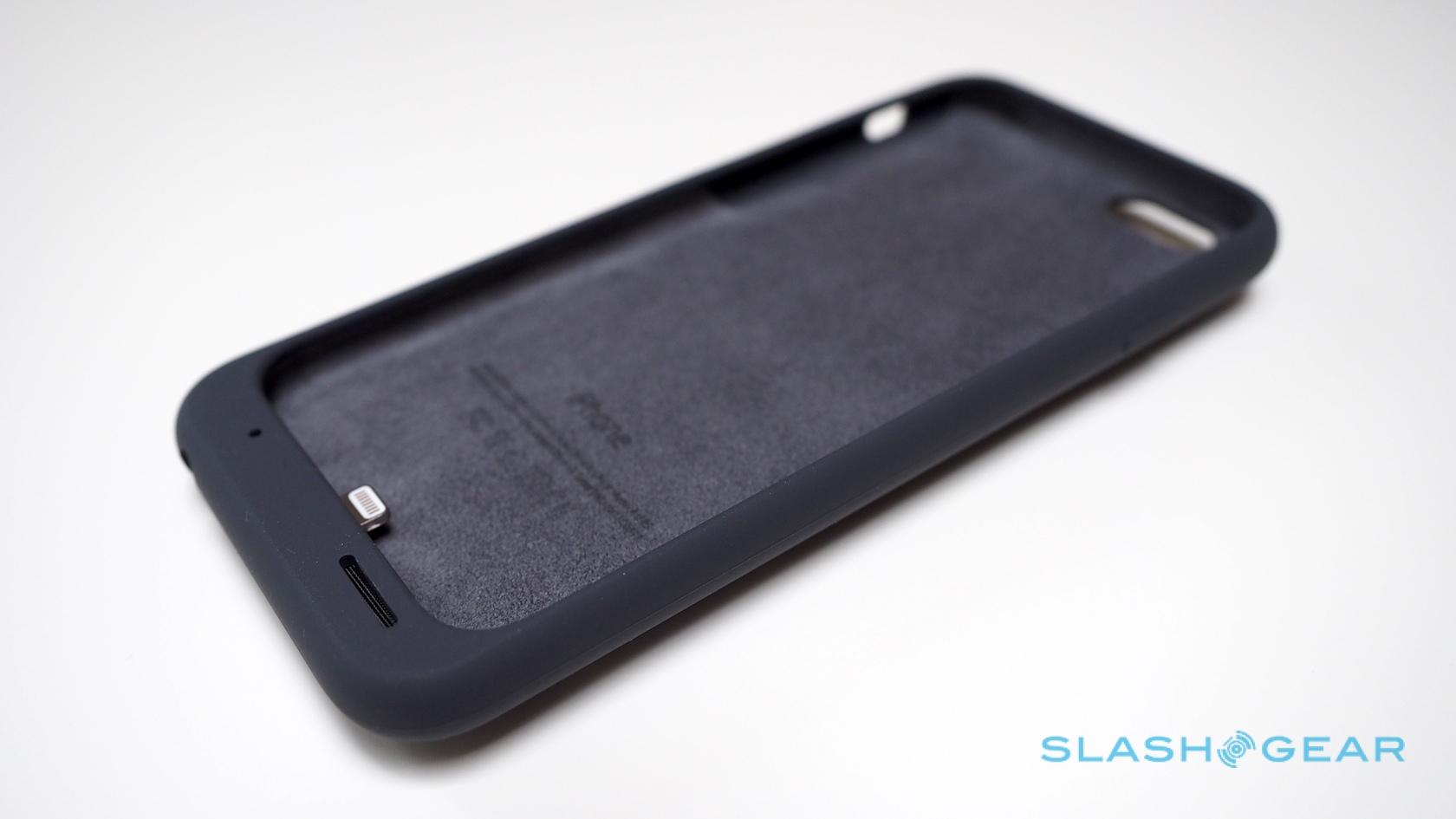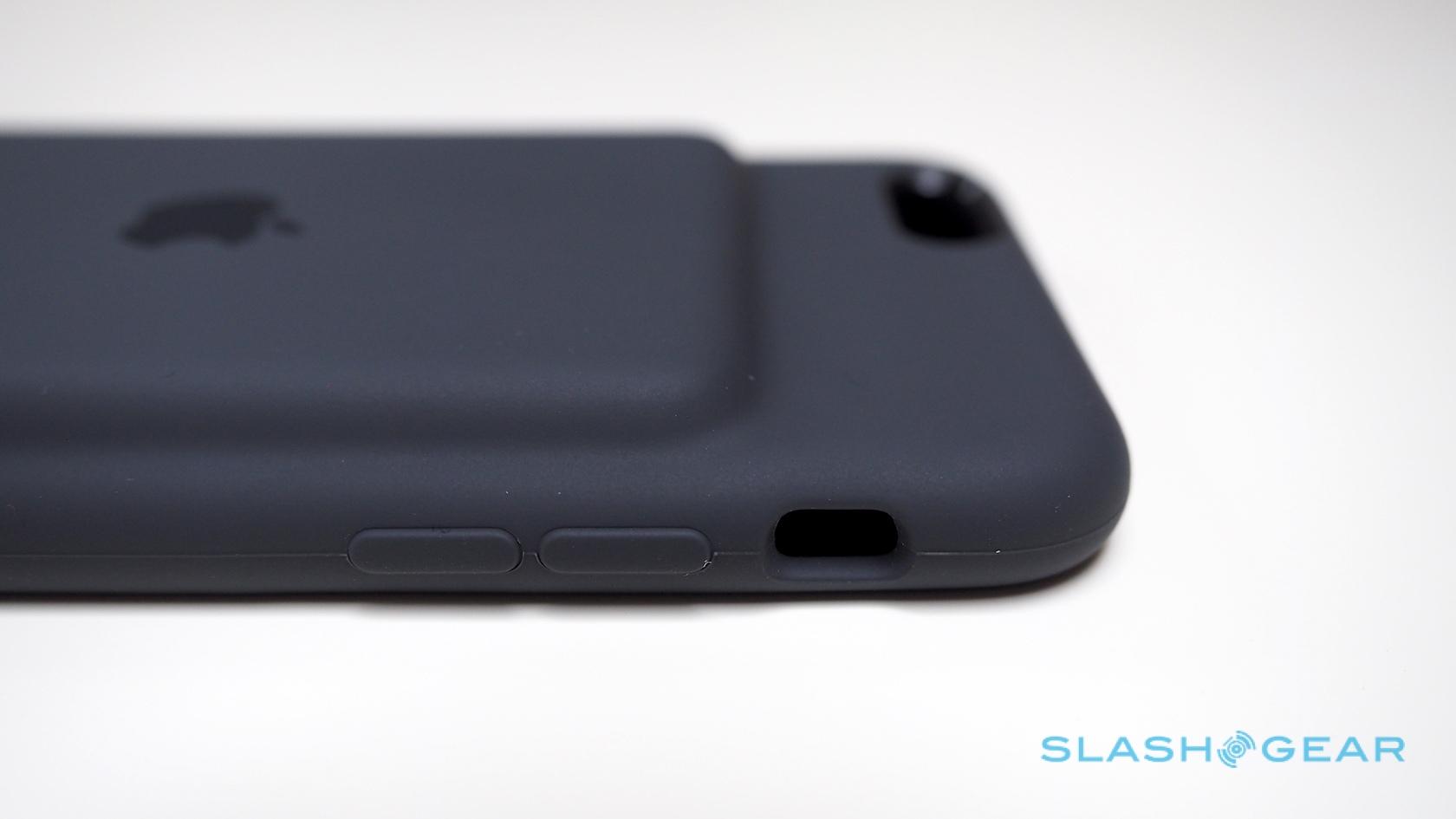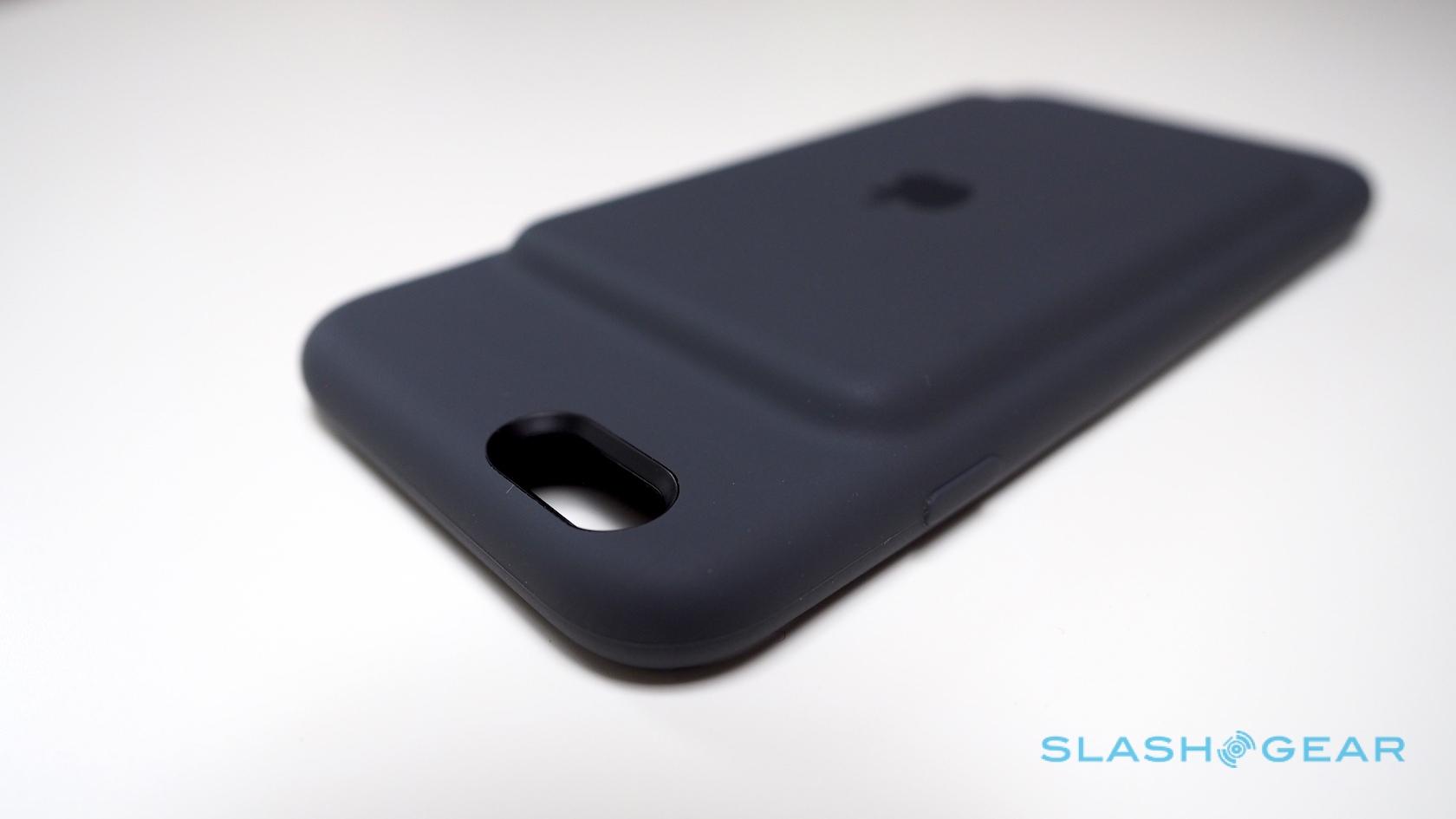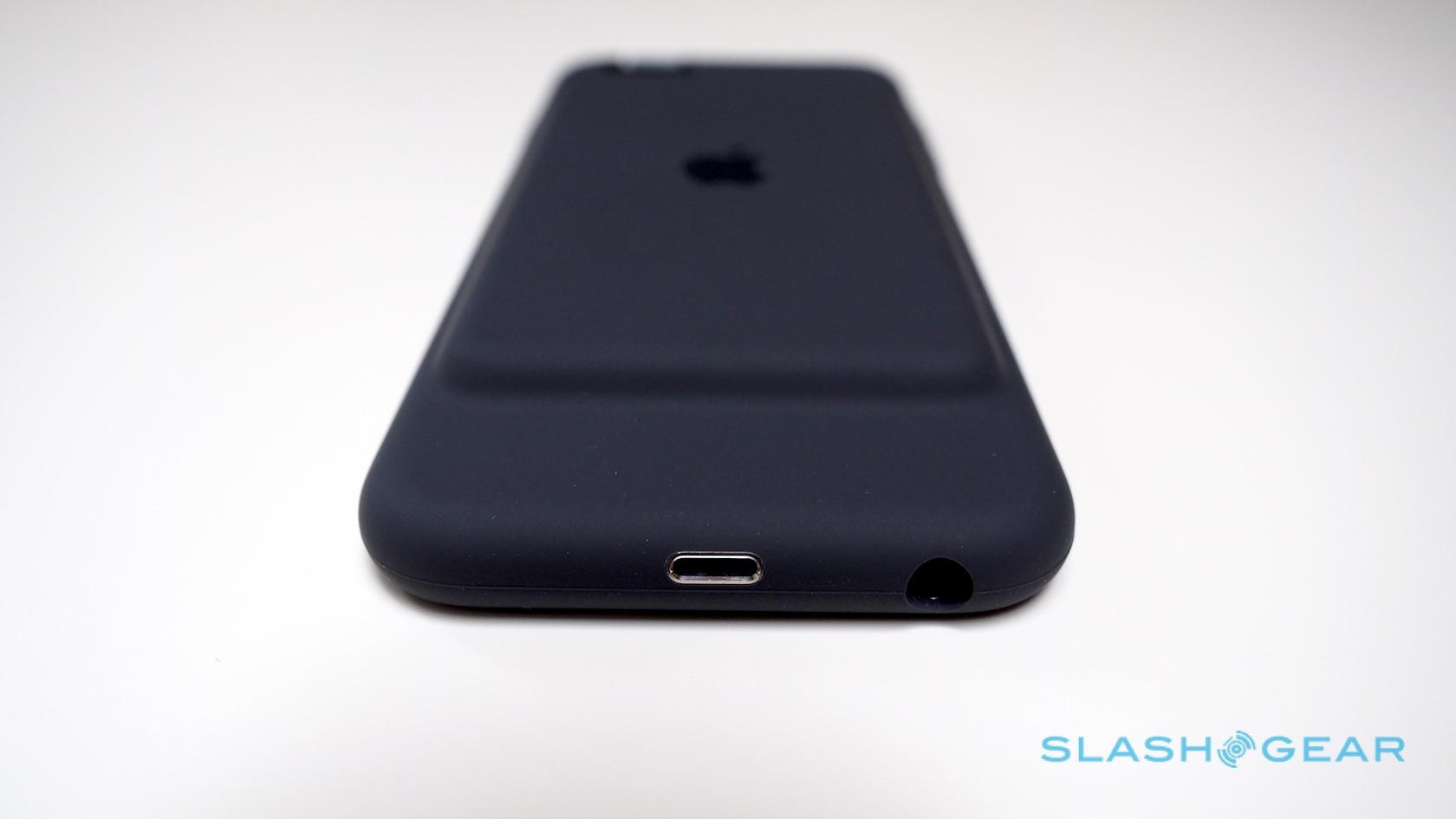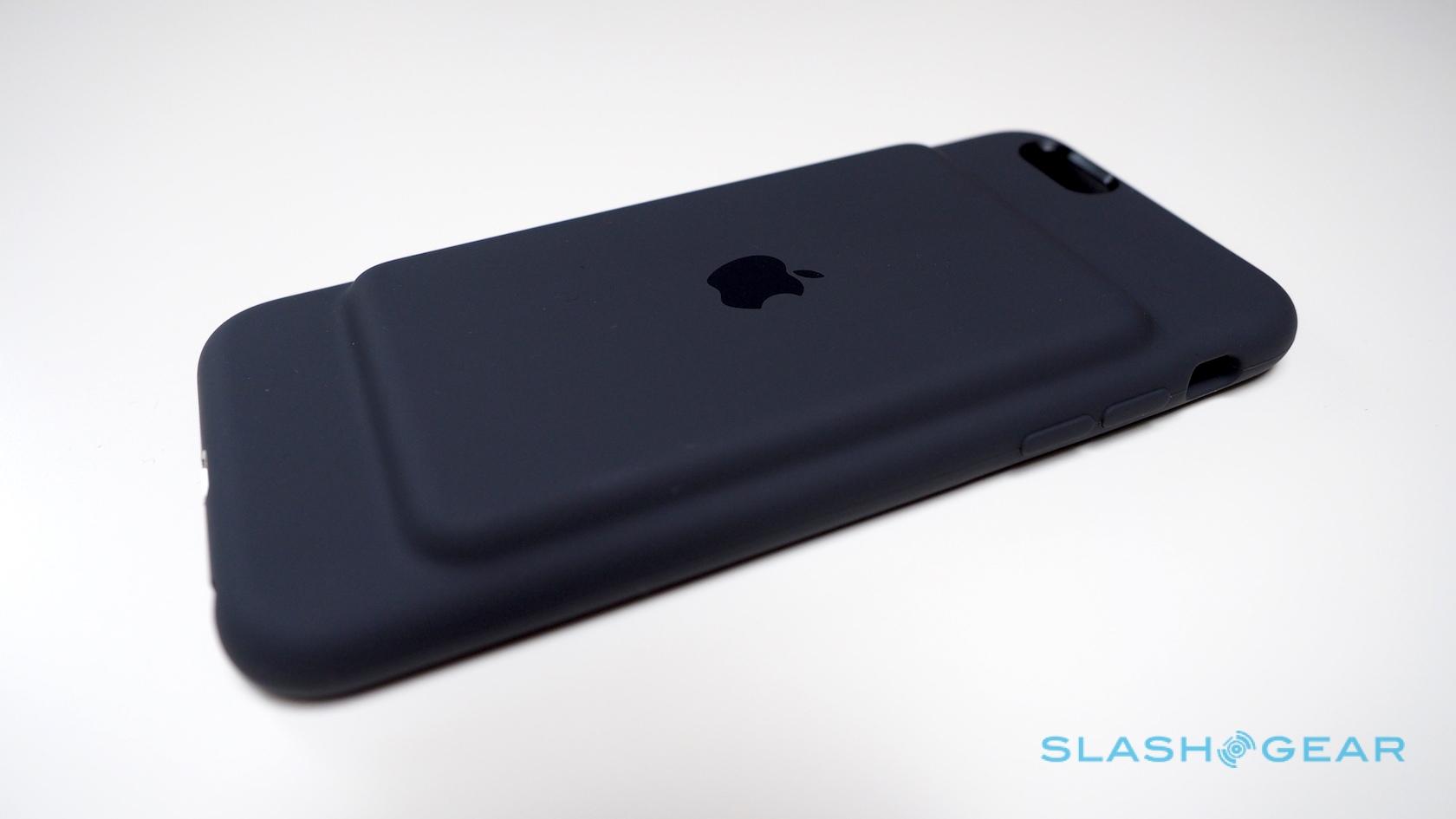Apple Smart Battery Case vs Mophie: Oh My God, Becky
Here's the thing about iPhone battery cases: you don't want them to be too thin. Go for the skinny model, and you're compromising on power, and if that's the case then you have to ask if it's worth carrying the case in the first place. Exactly what makes an attractive battery case which balances performance and style is contentious: witness the mixed reactions to today's Apple Smart Battery Case announcement to see that.
Of the existing options out there, Mophie probably has the best brand-recognition. I've been using a Mophie Juice Pack Air with the iPhone 6s (and the iPhone 6 before it) to extend my runtime during events and particularly busy days, and when you're away from an outlet it's been a life-saver.
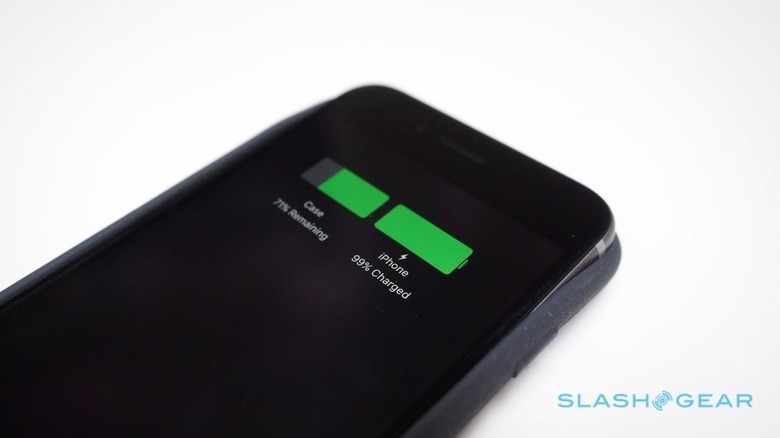
It's also something you'd struggle to call handsome: matte black plastic and chunky lines mean your svelte iPhone ends up bow-backed and thick in the hand. In contrast, the official Apple battery option looks like an iPhone silicone case which has swallowed a Li-Ion pack, snake-style.
The upside to that is the edges are kept fairly narrow, which means the Smart Battery Case feels slimmer than its Mophie counterpart. It's also slightly lighter – 101.3g versus 110.5g – though the difference is fairly negligible in practice.
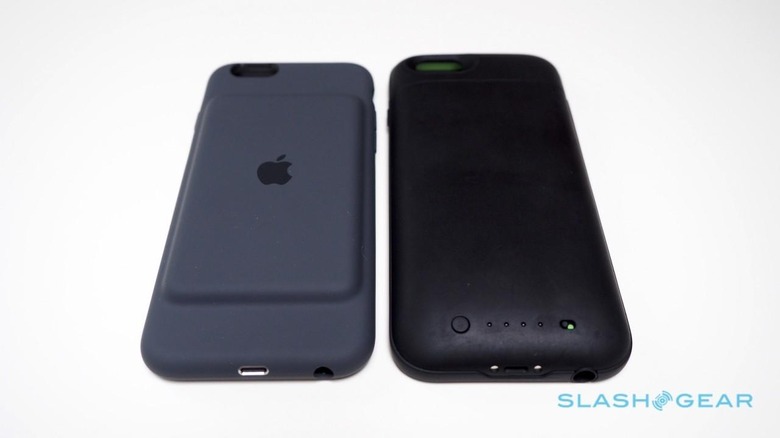
Frankly, neither leaves your iPhone the sleek, design-considered slice of aluminum that you get when you first opened its box.
That's the compromise you make for battery capacity, and while it's too early for me to say how the two compare with real-world use, the Mophie does have an advantage. For $99.95, the Juice Pack Air has a 2,750 mAh battery; in contrast, the $99 Smart Battery Case has just 1,877 mAh.
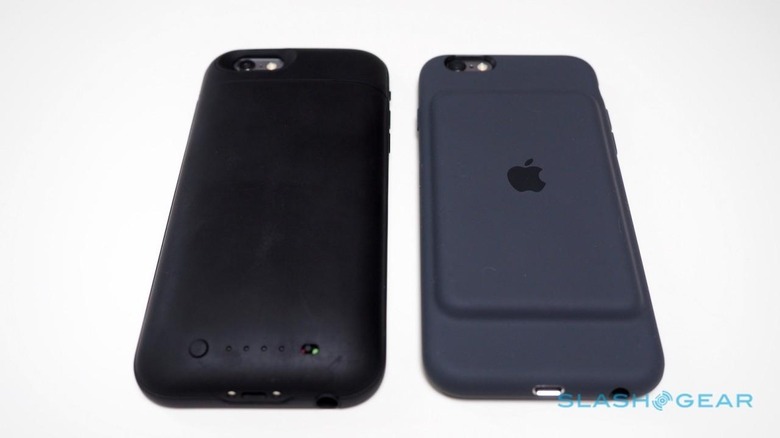
Charging should in theory be more convenient with the official Apple case, since it has a Lightning port and does clever things with the priority with which it charges case and iPhone.
It also gives you battery status in the iOS notifications; on the flip side, the Mophie has a manual switch to control whether the case's power is being used (something Apple doesn't allow you to do) and a four-LED power gage that, though less accurate than Apple's percentage, can at least be checked without your iPhone needing to be in the case and turned on.
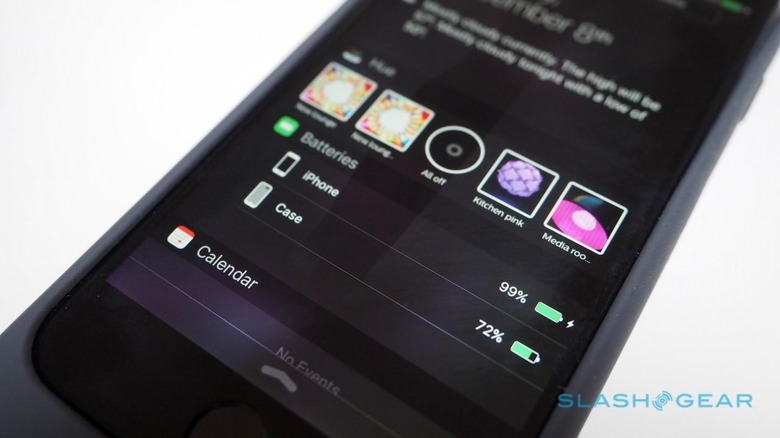
The iPhone battery case space is already fairly crowded – that's before you get to more generic portable batteries, that can charge anything that relies on a USB cable – though Apple has the home field advantage by being able to put its Smart Battery Case right on the shelf next to the iPhone itself.
Time will tell whether its functionality lives up to Apple's promises; expect a full review very soon.

